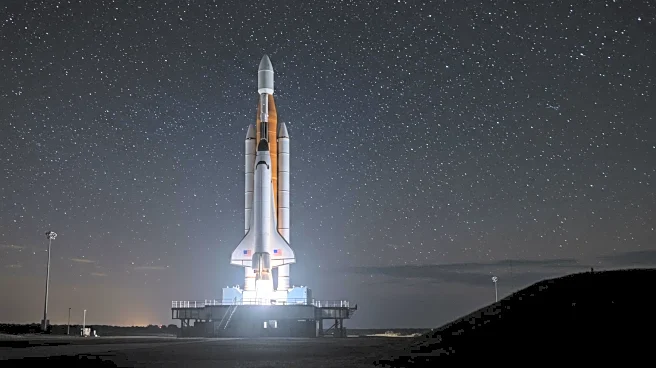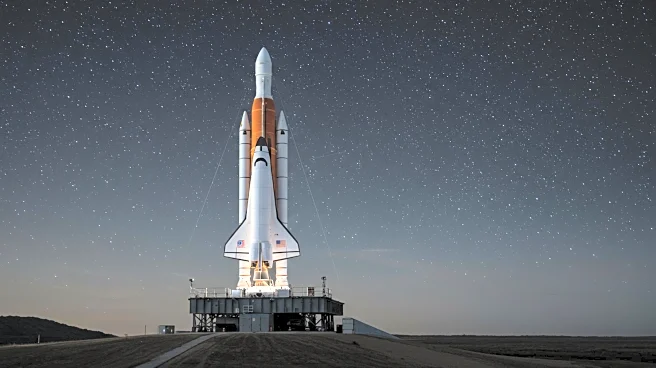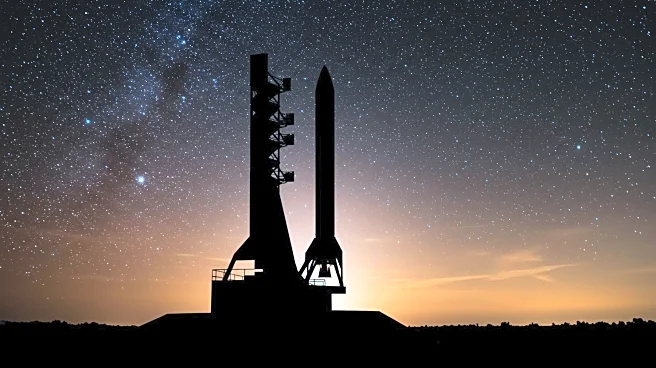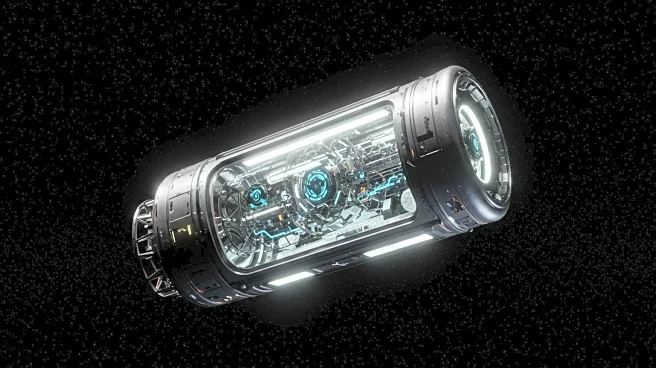What's Happening?
SpaceX has completed its investigation into the failures of Starship Flight 9, which ended with the loss of both the Super Heavy booster and the Ship upper stage. The investigation, led by SpaceX with oversight from the FAA and support from the U.S. Space Force, NASA, and the National Transportation and Safety Board, identified structural issues in each stage of the vehicle. The FAA has accepted the findings, allowing SpaceX to proceed with Starship Flight Test 10. The upcoming flights, Flight 10 and Flight 11, will be the final tests of the current design generation, aiming to expand vehicle capabilities towards fully reusable rockets.
Why It's Important?
The resolution of the investigation and the green light for Flight 10 are crucial for SpaceX's ongoing development of the Starship program, which is integral to future space exploration missions, including NASA's Artemis 3 moon mission. The findings from the investigation will inform design improvements, enhancing the reliability and reusability of the rockets. This progress is vital for maintaining the timeline for NASA's lunar missions and for SpaceX's ambitions in commercial space travel.
What's Next?
SpaceX plans to launch Starship Flight 10 during a window starting on August 24, 2025. The company will implement design changes to reduce stress during booster descents and improve the aerodynamic control of future Super Heavy boosters. These modifications are expected to enhance the performance and safety of subsequent flights, contributing to the development of the next generation of Starship and Super Heavy rockets.











